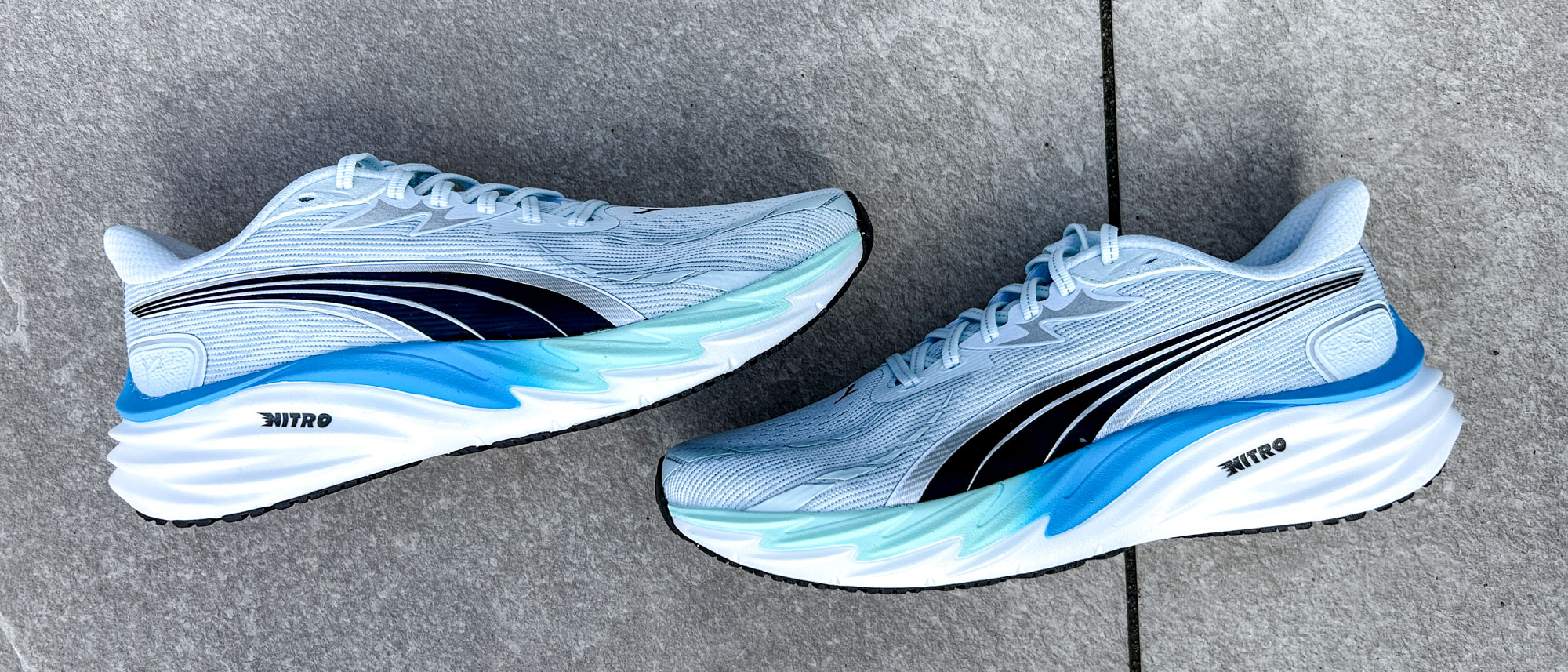Tom's Guide Verdict
The Puma Velocity Nitro 4 is an improvement on the impressive Velocity Nitro 3, with a redesigned midsole creating a lighter shoe and a more enjoyable ride. It’s a great daily trainer that comes at a good price, and a shoe that’s easy to recommend.
Pros
- +
Comfortable, responsive midsole foam
- +
Lightweight design
- +
Excellent grip
Cons
- -
Not as stable as rival daily trainers
- -
High drop might not suit everyone
Why you can trust Tom's Guide
Since I tested the original Puma Velocity Nitro back in 2021, it’s been the shoe line I most frequently recommend to runners.
The first three generations of the shoe were comfortable, versatile daily trainers with an outstanding outsole. The only real criticism I had with the Velocity Nitro 2 and 3 was that they were quite similar to the original shoe.
The Puma Velocity Nitro 4 is a bigger upgrade thanks to a new midsole design that makes the shoe lighter and improves the ride. It’s one of the best running shoes available and unless you need a stability shoe, it’s one I’d recommend checking out.
Puma Velocity Nitro 4 review: Price and availability
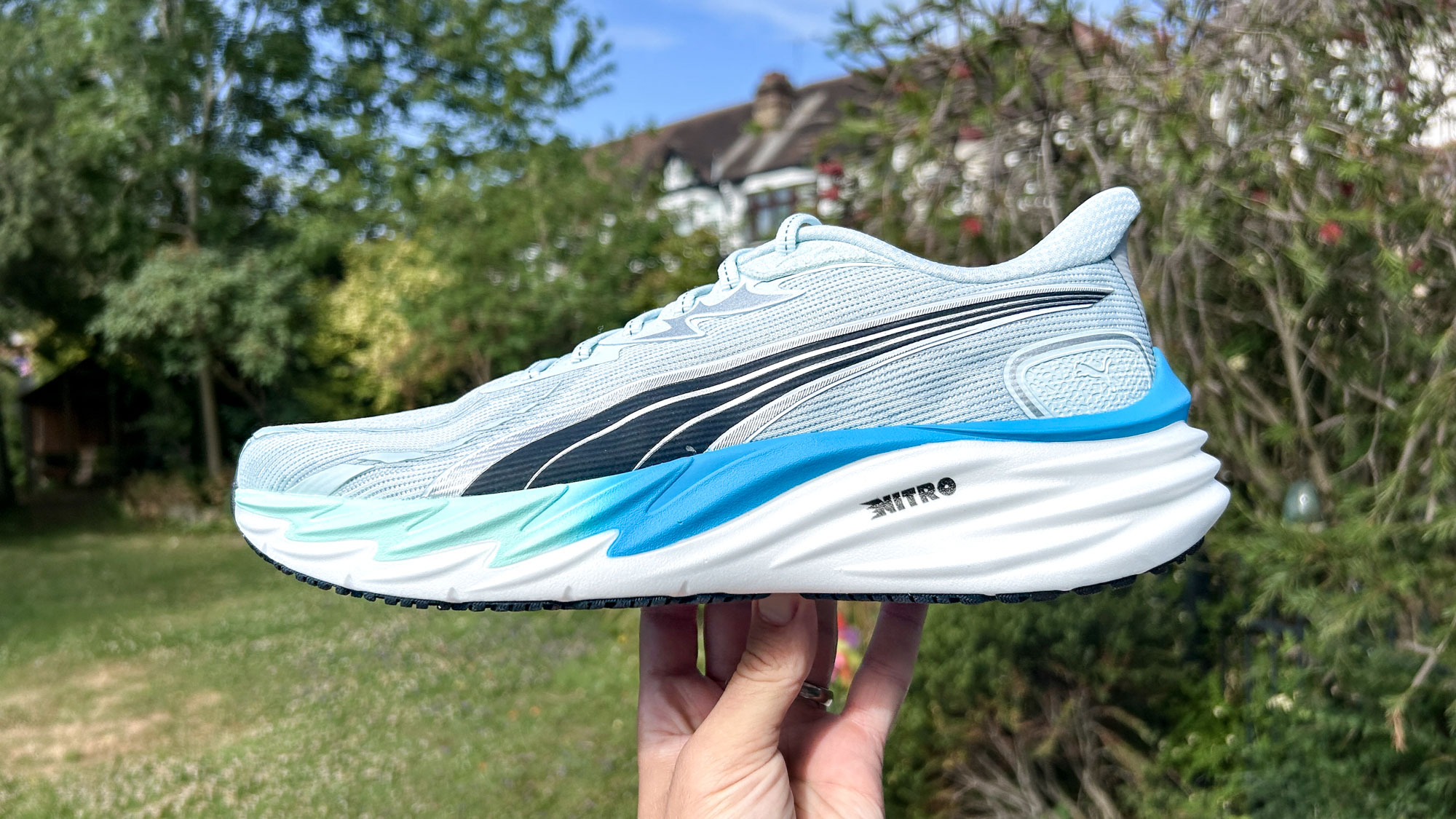
The Puma Velocity Nitro 4 launched on July 8 and costs $140 in the U.S. That's a $5 increase on the Velocity Nitro 3 for a price that’s in line with other popular daily trainers like the Nike Pegasus 41, Asics Novablast 5 and Hoka Clifton 10.
In the U.K., the Velocity Nitro 4 is just £110, which is cheaper than most of its rivals and the same price as the Puma Velocity Nitro 3.
Puma Velocity Nitro 4 review: Design and fit
The Velocity Nitro 4 launched in the blue and white colorway I tested, and it fit me well in my normal running shoe size — the same size I’ve worn on each generation of the shoe to date.
Though a little wider than the Velocity Nitro 3, this new version is still quite a narrow shoe, which suits me as I have a narrow foot. If you do need or prefer a wider toe-box you might find it a little tight.
Get instant access to breaking news, the hottest reviews, great deals and helpful tips.
The Velocity Nitro 4 has the same stack height and drop as the Velocity Nitro 3, standing 36mm tall at the heel and 26mm at the forefoot for a 10mm drop.
It’s a lighter shoe though, thanks to the redesigned midsole. The Velocity Nitro 4 is 8.7oz in my US men’s size 10, whereas the Velocity Nitro 3 is 10oz in the same size.
Upper
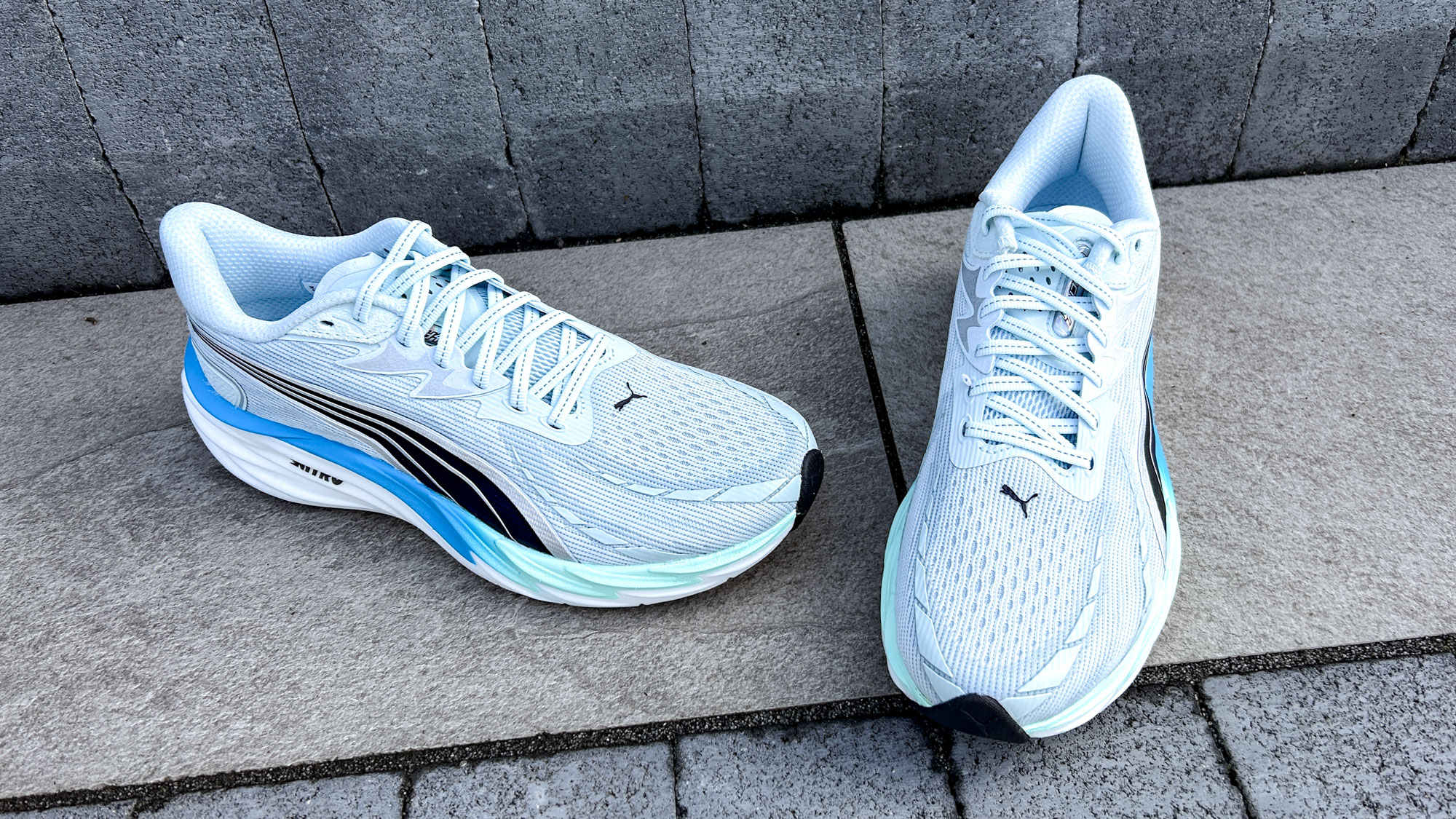
The Velocity Nitro 4 has an engineered mesh upper that’s reinforced with Puma’s PWRTAPE to add more support and structure.
There’s a little padding on the tongue and then more on the collar of the shoe, but it still feels lightweight and it’s been breathable enough for me while running in a heatwave.
Midsole
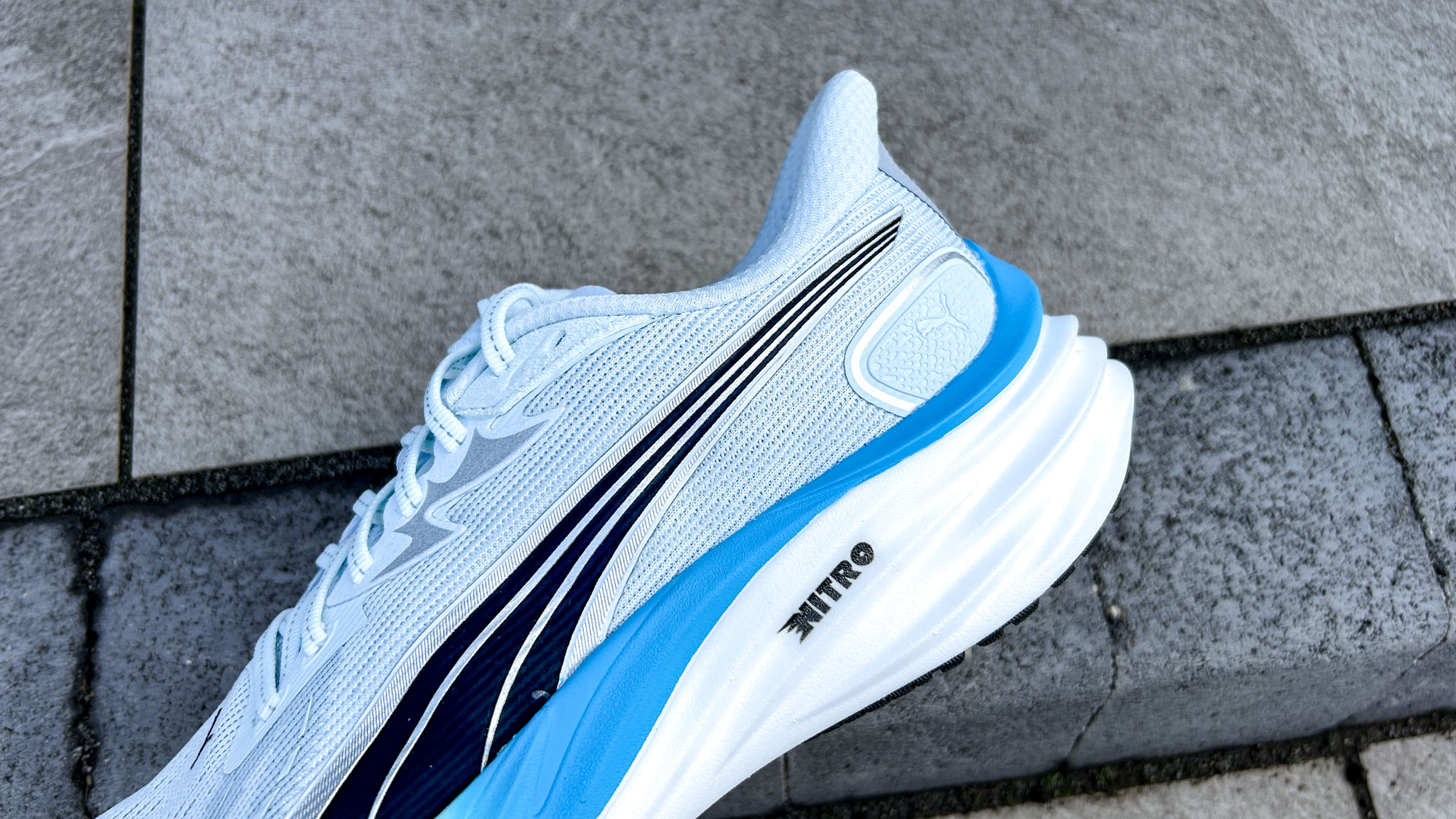
The first generations of the Velocity Nitro had a dual-density midsole with a layer of Puma’s nitrogen-infused Nitro foam on top of a layer of ProFoam Lite, an EVA material.
Of these two foams Nitro is the springier, lighter material, so the fact that the Velocity Nitro 4 has a midsole entirely made from Nitro explains the drop in weight, and also improves the ride of the shoe.
Outsole
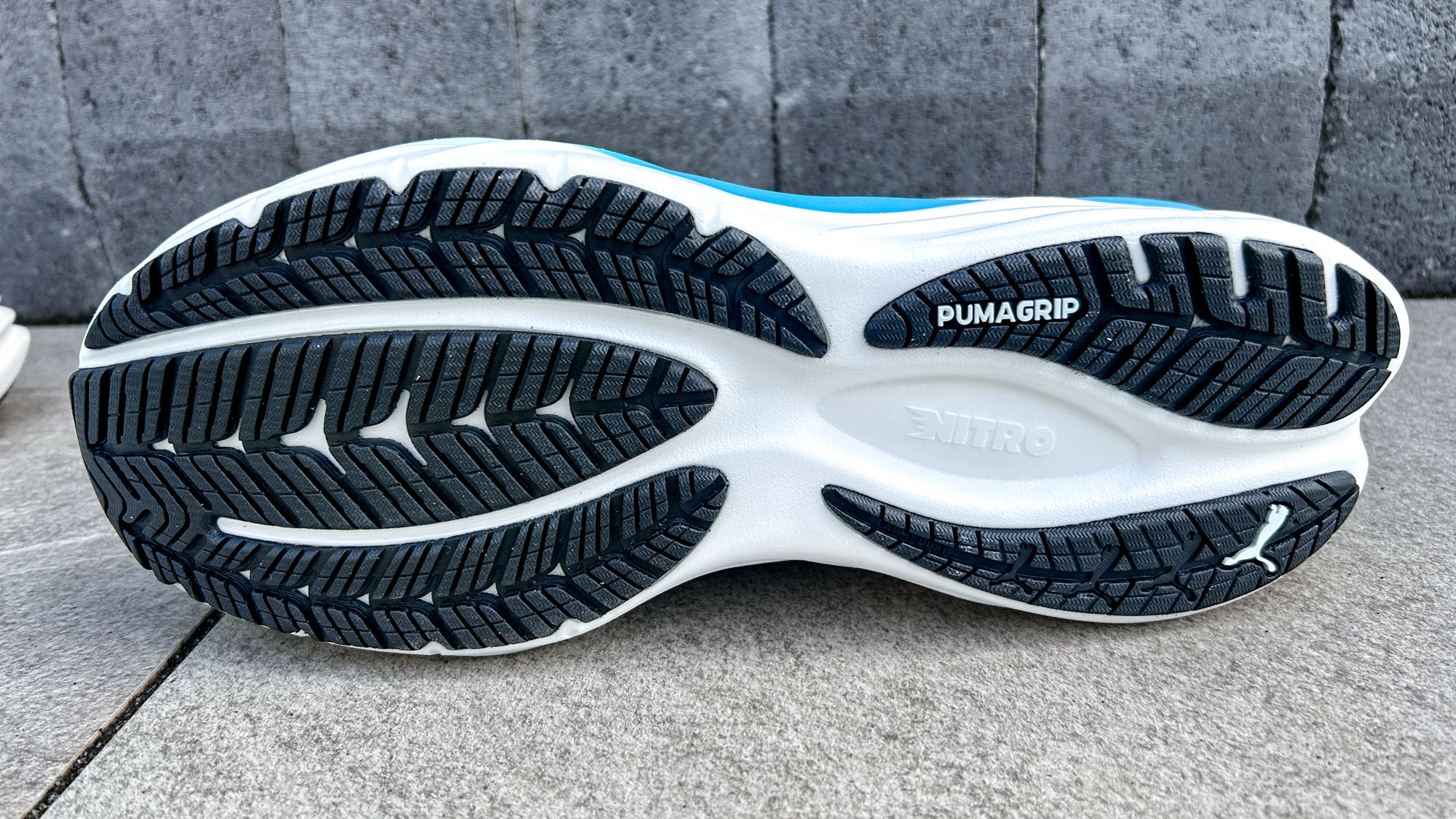
Puma running shoes are renowned for having excellent outsoles, and the Velocity Nitro 4 uses the same durable PumaGrip rubber as most of the range.
This grips well on wet roads and also light trails, and the layer of rubber on the Velocity Nitro 4 is impressively thick given the light weight of the shoe.
Puma Velocity Nitro 4 review: Running performance
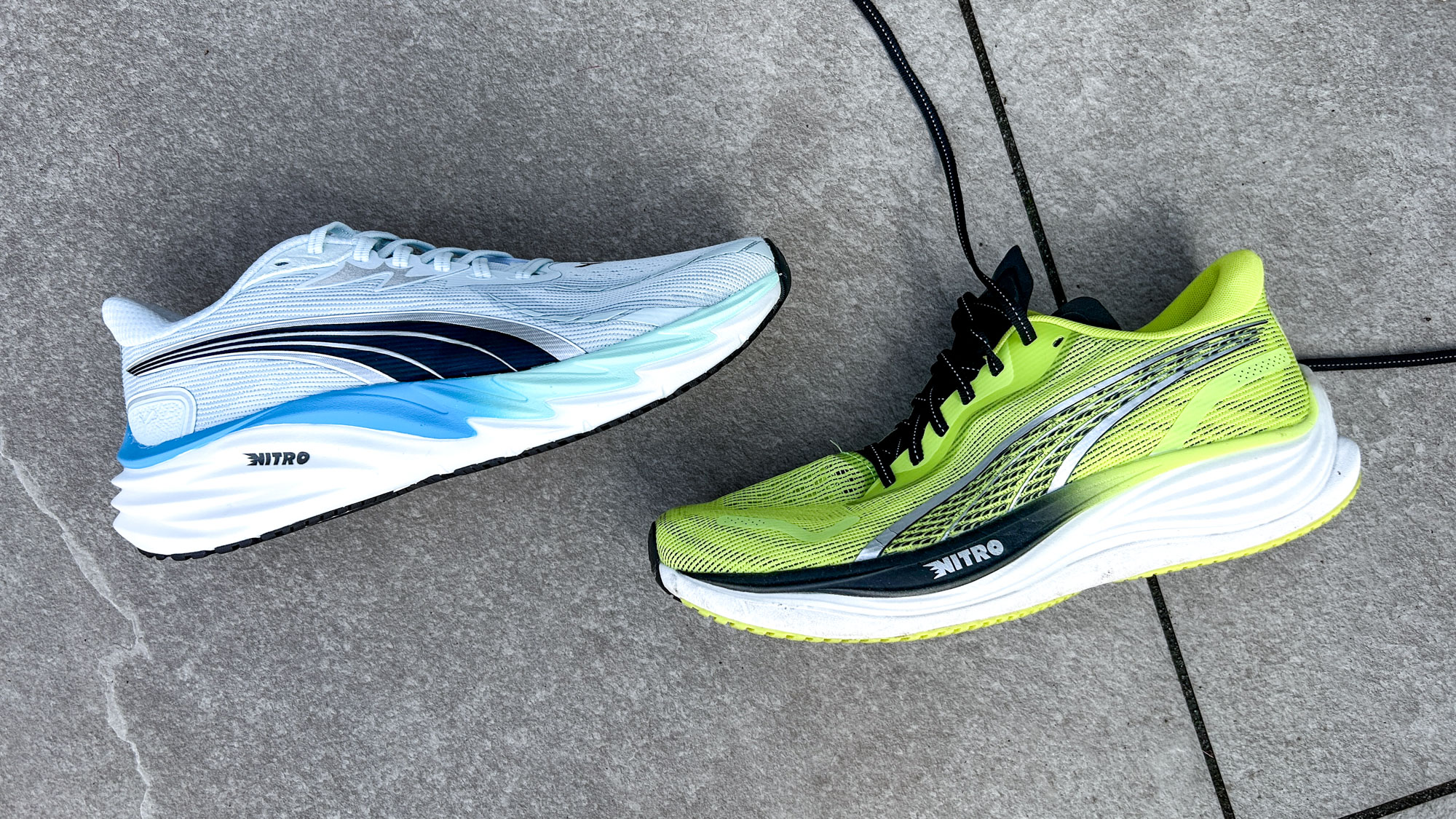
I’ve used every generation of the Velocity Nitro extensively, often keeping the shoe in my rotation long after I’ve finished testing it for my review, and the Velocity Nitro 4 is my favorite version of the shoe yet.
It’s a cushioned daily trainer that can handle a bit of everything. You can use it for easy runs when you just want comfort, but it’s light and speedy enough to tackle tempo runs and sessions as well.
While the Velocity Nitro 4 is not as maxed out in terms of cushioning as shoes like the Asics Novablast 5 or Puma’s own Magnify Nitro 3, it has plenty of protection under the heel in particular, and I enjoyed cruising through relaxed runs in the shoe.
When you ramp up the pace, it has a light and poppy ride with the NitroFoam midsole delivering a good amount of energy return. I did two progression runs in the Puma working down from 7/mile to around 5:45/mile pace and it felt great throughout.
Plated trainers or carbon plate running shoes do have a faster transition from heel to toe and a more propulsive ride, and I’d use one of those in rotation with the Velocity Nitro 4 myself, but if you want just one shoe for everything, the Puma is no slouch for speedwork.
The only slight reservation I have with the shoe is that its narrow base might make it unsuitable for runners who have stability needs.
I had no problems with the shoe on this front myself, but the New Balance Rebel v5 is one lightweight daily training alternative that has a wider design.
Should you buy the Puma Velocity Nitro 4?
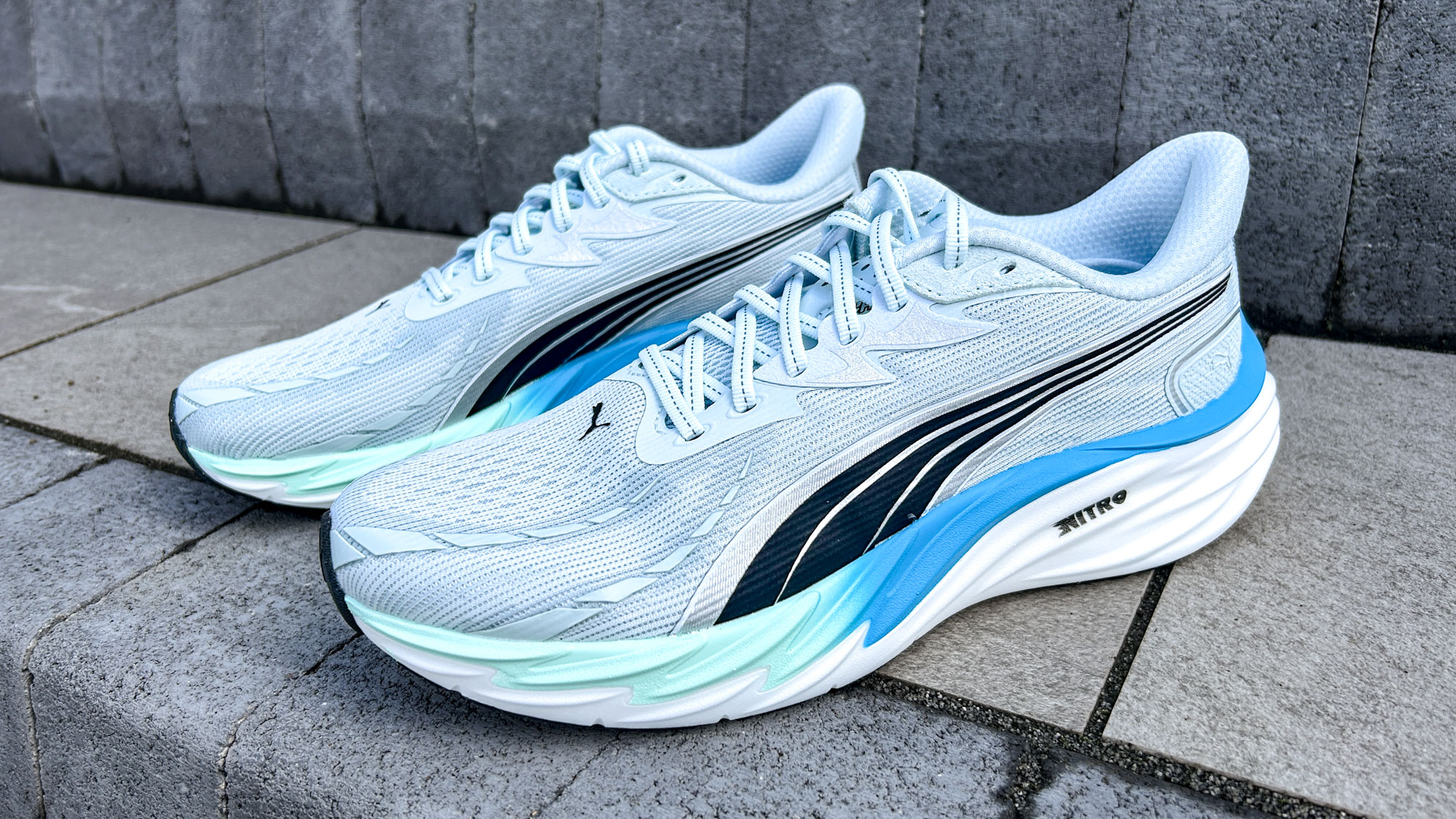
The Puma Velocity Nitro 4 is a shoe I’ll be telling a lot of runners to buy over the next year. It’s great value — especially in the U.K., but also in the U.S. — and a high performer that will suit a lot of runners perfectly.
I’d say one of the only reasons not to get it is that Puma shoes have a happy habit of going on sale shortly after launch. So if you hold out for a few months, you might see some savings on your eventual purchase.
The Velocity Nitro 4 is a big upgrade on the Velocity Nitro 3 for me, but the older shoe still shares a lot of similar qualities, so you could find that in a sale as a possible alternative.
If you want a more cushioned ride, then the Asics Novablast 5 is a great daily trainer though heavier. The New Balance Rebel v5 offers more stability than the Velocity Nitro 4 in an even lighter design, though I prefer the feel of the foam in the Puma.
I’ll carry on using the Puma myself as a daily trainer for easy and long runs, especially on mixed terrain where I can rely on the outsole gripping on light trails, and I think it works best in rotation with a faster shoe like the Adidas Adizero Evo SL.
However, it’s also a good enough all-rounder that you can use it as your only running shoe if required, and it’s a great option for beginners, too.

Nick Harris-Fry is an experienced health and fitness journalist, writing professionally since 2012. He spent nine years working on the Coach magazine and website before moving to the fitness team at Tom’s Guide in 2024. Nick is a keen runner and also the founder of YouTube channel The Run Testers, which specialises in reviewing running shoes, watches, headphones and other gear.
Nick ran his first marathon in 2016 and became obsessed with the sport. He now has PBs of 2hr 25min for the marathon and 15min 30sec for 5K. Nick is also a qualified Run Leader in the UK.
Nick is an established expert in the fitness area and along with writing for many publications, including Live Science, Expert Reviews, Wareable, Coach and Get Sweat Go, he has been quoted on The Guardian and The Independent.
You must confirm your public display name before commenting
Please logout and then login again, you will then be prompted to enter your display name.
